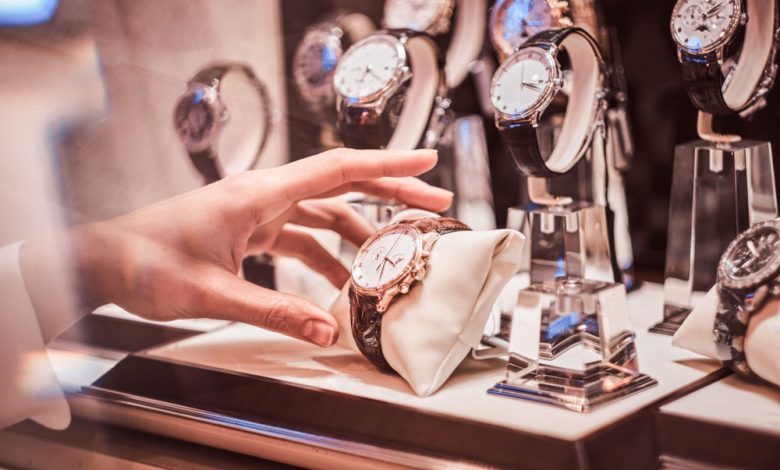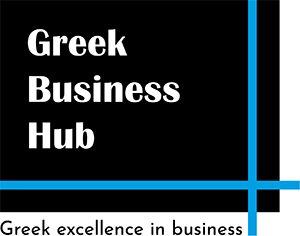Luxury brand misconceptions and realities

Being a part of Lux’s universe, which is untouched by the recession, is a dream for many entrepreneurs.
Obtaining a small slice of the luxury market, which is worth more than $3 billion annually, is a goal that companies can realistically pursue.
Deficient product quality?
In fact, sharing a few small pieces of this luxury or luxury market pie, which is worth more than a trillion dollars annually, is a goal that many businesses strive for.
Most fail, however.
Lack of creativity or product quality?
Perhaps not necessarily.
Investment and marketing strategy, on the one hand, and the operational organization of production and distribution, on the other, hold the key.
Let’s begin by defining luxury and differentiating it from the term “high-end.”
The concept of luxury product is particularly difficult to define because it is relative and subjective, and many brands incorrectly assert membership in the luxury market.
A luxury product or service must logically possess these characteristics, as luxury is typically defined as something luscious, uncommon, costly, and unnecessary.
Luxury is frequently synonymous with scarcity, exclusivity, high cost, and… Aesthetics associated with art and the method of production, which is frequently handmade, as well as creativity.
A high-end product or service is one that is at the pinnacle of a company’s offering in terms of quality and price. The term high-end product does not necessarily imply that the item is extremely sophisticated or luxurious. It is industrially producible and not at all uncommon. The expression conveys an attitude towards the other items in the series.
The Larousse dictionary defines luxury as “the quality of something that is expensive, refined, and luxurious.” According to Wikipedia, luxury is “a lifestyle consisting of unnecessary spending.”
Beyond these definitions, the actuality of the luxury world exists… Luxury is the ultimate goal.
How do we create this dream, this world that is uniquely ours, around our product and enterprise, and then offer it to the marketplace?
There should be no room for coincidence.
Beginning with an effective marketing strategy that establishes not only the positioning of the product in the market, direct competitors, etc., but also the resources required to reach the objectives.
The lux market is a mature market dominated by large houses, which experience fame due to their history, their ability to invest massively in advertising, and their presence in the world’s most beautiful cities and streets.
On the other hand, based on the results and market growth, there has never been a better time to build a luxury brand than the present, so long as we surround ourselves with professionals who will assist us not only in advertising but also in positioning our brand in a very specific market segment based on our DNA.
Which market segment do we target?
It should be quite profitable and provide ample opportunities for brand expansion. Like a market that is large enough to afford what you are selling.
The utility of affluent clients
Customers with high net worth are the foundation of your growth strategy. And you must locate, attract, and maintain them.
The remainder of the market will view your product as a luxury, thereby assisting your product’s market reputation.
Excellence and craftsmanship
Quality and craftsmanship are the two most essential elements of prestige products. No savings should be made in either category, as that is precisely what your wealthy consumers receive.
One minor error will signal doom for your brand.
Viability
A third ingredient has recently emerged and is gaining prominence among the values your customers seek. Your luxury brand’s success will hinge heavily on the viability of the niche you compromise on.
The brand experience
Whether online or in-store, the consumer experience should reflect the symbolic value of your brand.
Personalization
Since you’re primarily targeting wealthy consumers, you can take the time to enhance their experience and tailor it to their individual preferences.
This personalization and differentiation allow consumers to connect with the brand and strengthen their social hierarchy, thereby increasing the brand’s symbolic value.
Success requires perseverance.
Remember that quality and craftsmanship are the foundation of every luxury brand. Wealthy customers are willing to pay for it. Digital media and technology are crucial to the success of any business and will aid in the growth of your brand’s reputation: in this market, brands do not sell, but rather consumers do.
Adopting digital media and technology can significantly impact your brand.





